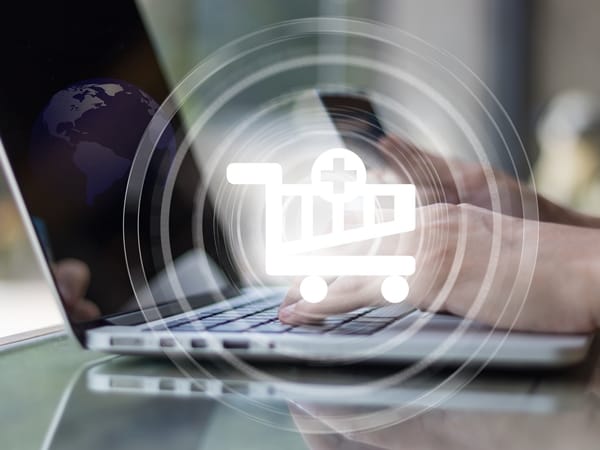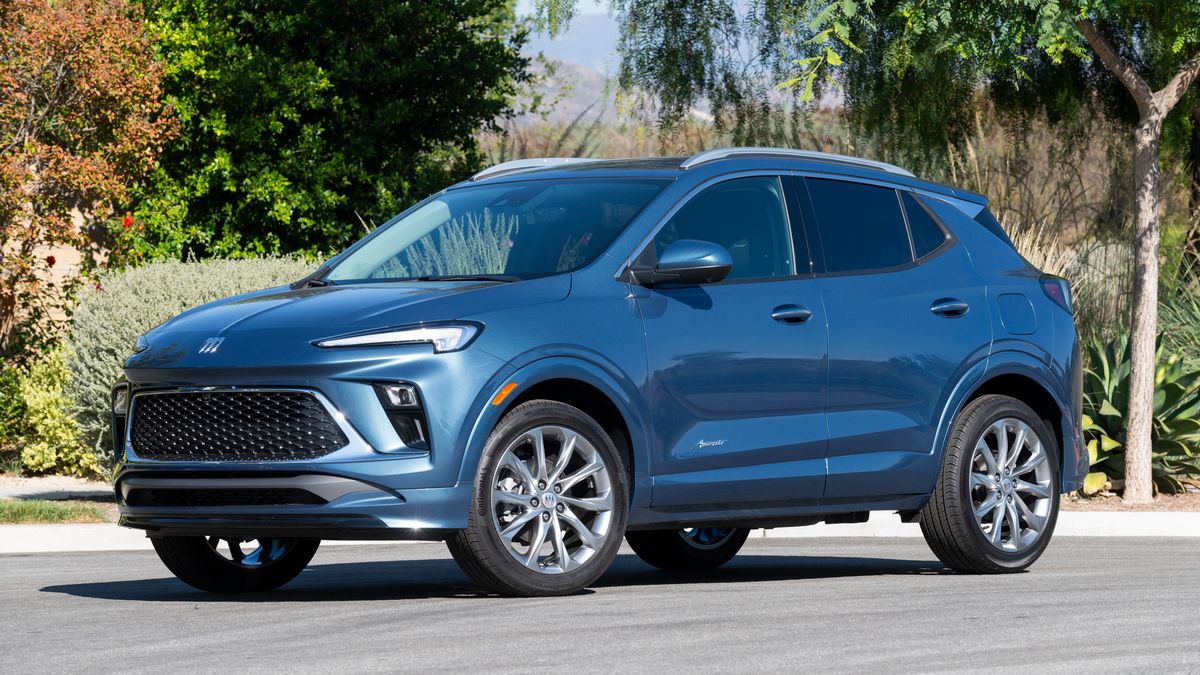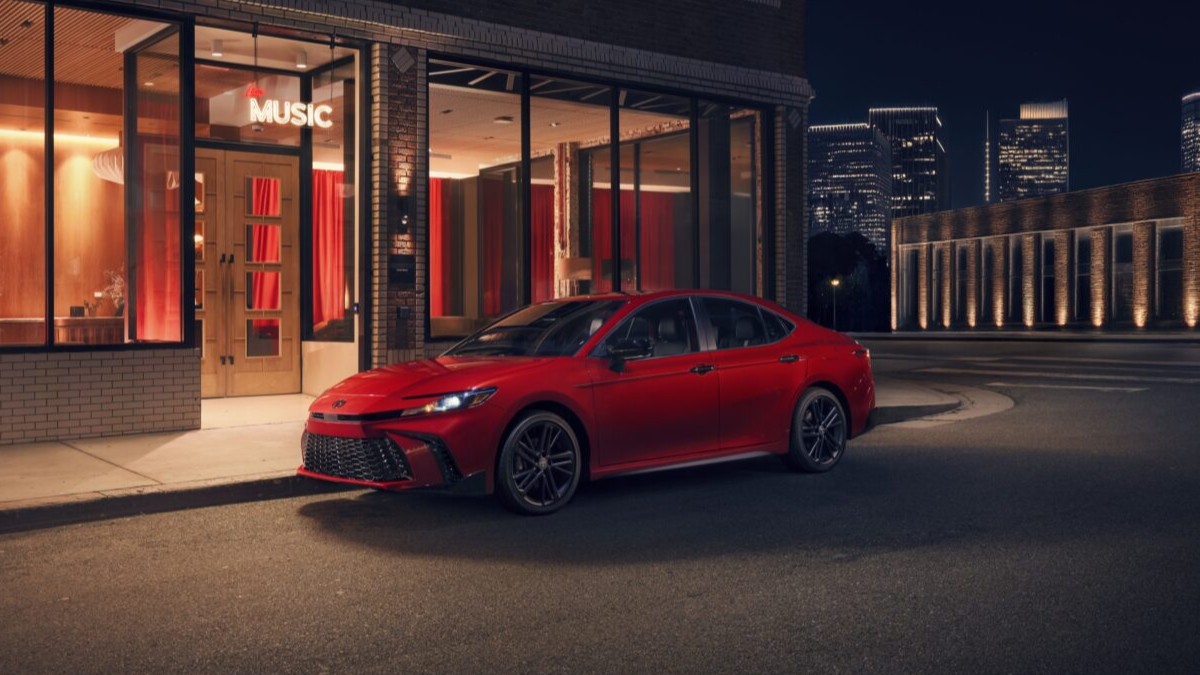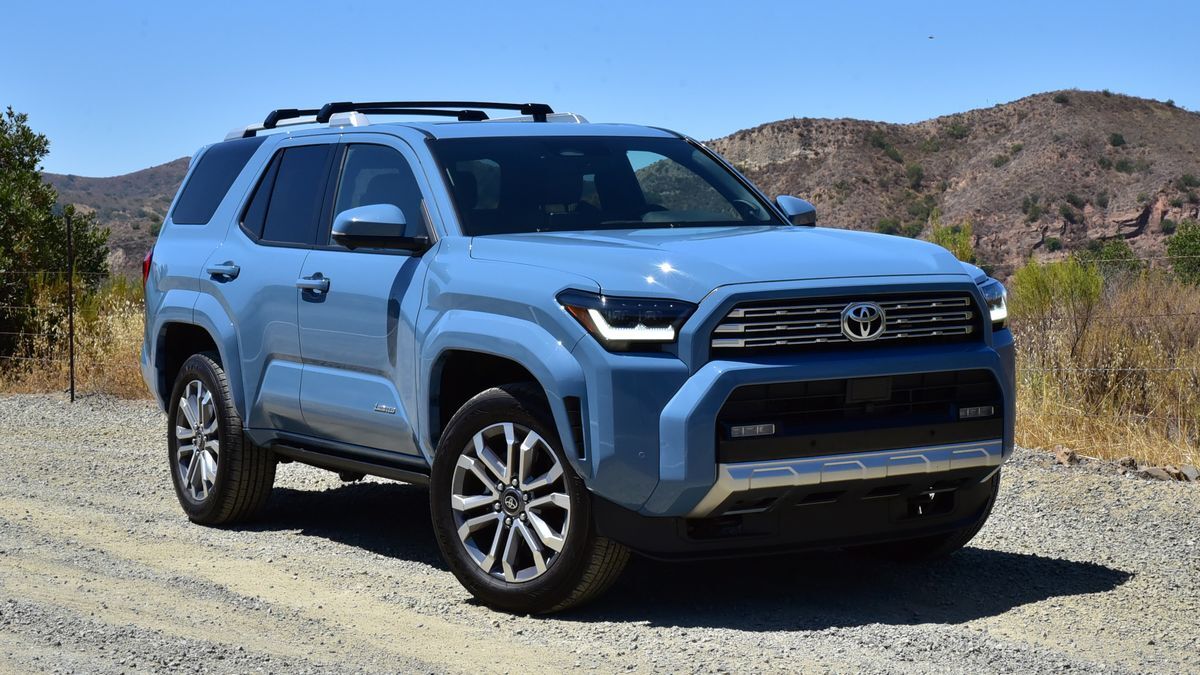
Tremendous change is coming to the way vehicles are bought as the auto industry lays the groundwork for digital retailing, which is shorthand for finding and purchasing your new ride from the internet. While completing every step online from, deciding which vehicle meets your needs to having the vehicle delivered to your door without ever stepping into a dealership, is viewed as revolutionary, in another sense it’s not. Rather, it’s evolutionary since many buyers today are already comfortable with using computers or hand-held devices to find, price, finance and do preliminary negotiations towards a deal.
A recent Cox Automotive survey reveals that 87 percent of consumers want to do their necessary homework online and that 73 percent are more likely to use a dealership that offers the ability to begin the process digitally. That doesn’t mean dealers will become obsolete in favor of online retail giants like Amazon or eBay. They will still play an integral part of the process, something confirmed in that same study, which showed 62 percent of respondents saying they still want interaction with dealership personnel to complete the sale.
Conversely, dealers are looking for ways to streamline the process and make it easier and less time-consuming to purchase or lease a vehicle. More than half (55 percent) of the dealers surveyed are embracing new ways to do business and 73 percent are willing to invest in new technology to speed and simplify the sales process, according to the study.
Digital retailing: child of the information age
Fueling these innovations in retailing is the abundance of information and greater transparency that has resulted from the growth of the internet. Before the world became so connected, buyers would typically read about new models in a magazine or newspaper, then visit auto shows or go to showrooms to see the new cars up close. Buying a vehicle took several trips to the dealership, with the initial steps to literally kick the tires and just see what’s new. Prospects might also use the dealership to get a sense of what their trade-in may be worth.
They’d also visit their local bank or credit union to arrange a loan and then return to the dealer for a test drive and begin the real work in hammering out a deal and signing on the dotted line. And in some cases, buyers would actually order a car, which would be built to their specification, adding even more time to the process.
The dawn of the web changed all this. Now there is a wealth of information available online to evaluate products, check the value of your trade, price the new vehicle, learn about available incentives, check dealer inventories and find the right vehicle without leaving the comfort of your home.
Also: See the 12 Kelley Blue Book Best Buys of 2018
Smart shopping electronically
Kelley Blue Book has been at the forefront of this revolution. Smart shoppers have discovered that the more homework done upfront digitally, the quicker and smoother the deal goes. Dealers also appreciate working with informed consumers whose expectations are more in line with the reality of what constitutes a fair deal. There are plenty of tools available, both through KBB.com and on dealer sites, to accomplish much of the heavy lifting in finding the right vehicle and getting a good deal.
There are two ways to start, one is determining what your current vehicle is worth and the other is finding the right vehicle that fits your needs. If you choose the first path, Kelley Blue Book provides used vehicle values based on whether you are looking to trade it in or sell it outright to a dealer or private party. A game-changing KBB innovation for this process is the Instant Cash Offer, or ICO.
Using the ICO tool on KBB.com, the seller types in the model name, mileage, condition and then local dealers participating in the program can make an instant cash offer for the vehicle or offer a guaranteed trade-in price for that car or truck with a certificate that is valid for three days. Some dealers participating in Kelley Blue Book’s ICO program will also offer this service on their websites, in which case you may receive an offer for your vehicle from that store.
The offer may not reflect the highest sale price or trade-in value available for your vehicle, and may be less than the Kelley Blue Book Trade-In Value or the Trade-In Range for a similar vehicle. Program Terms and Conditions apply and can be found here. The seller is guaranteed to receive at least that much for the vehicle, and that is an offer that can be used by the seller as the trade-in amount that will be applied to the new car or truck. The seller then decides whether to apply the instant cash offer as a trade-in amount, sell the car for the instant cash offer, or try to negotiate a higher price with another dealer for the trade-in. The ICO effectively sets a floor on your car’s value.
Another new KBB online tool is the ability to arrange a vehicle inspection of your current car or a used vehicle you are interested in buying. This service is provided through Alliance Inspection Management (AiM), a unit of Kelley Blue Book’s parent company, Cox Automotive AiM is the nation’s leading vehicle inspection company, evaluating more than 13 million autos annually.
The company has launched a new website, AiMCertify.com to provide an easy and convenient way to verify the condition of any car or truck located in the U.S. before buying it or putting it up for sale. Offering tiered inspection services starting as low as $129, AiM has four products it is offering to vehicle buyers and sellers: AiM Preferred, AiM Plus, AiM Premier and AiM Commercial. All packages include a 150-point inspection, bumper-to-bumper interior and exterior evaluation, a test drive by a professional inspector, and 15 or more photos documenting condition. Other services offered in the higher-level packages include vehicle history reports and fluid evaluation. All inspections include condition reports with “A” to “F” letter grades making the information quick and easy to comprehend.
Research and pricing
Another major element in the digital retailing revolution is the availability of vehicle reviews, inventory research and pricing. In addition to third-party sites like Kelley Blue Book, which publishes Expert Reviews on every new model on the market, KBB.com provides a real-time Fair Purchase Price, which describes the price range others have paid for a similar car. Buyers can find the same tools on many dealer websites, as well as the latest incentive deals and inventories on both manufacturer and local dealer sites. All this information is critical to understanding the prevailing market conditions on what you can expect to pay for a new vehicle and what your current car is worth.
Shoppers can also determine other costs related to buying and owning a vehicle. KBB’s 5-Year Cost-to-Own data factors in both depreciation and operating costs. This gives shoppers an idea of total out of pocket expenses for a particular model and compares it to similar vehicles in the same category. There are also a variety of digital resources to get insurance and interest rate quotes, which can provide a framework in final dealer negotiations to see if they have access to sources that can beat those rates.
Also: Get your first look at the new and redesigned cars of 2019
What the future holds
While there is a wealth of information available on the web, along with the ability to pre-qualify for loans and insurance, and guaranteed offers for your trade, buyers still have to physically appear at a dealership to complete the sale. Even that process is being further streamlined to get you out the door and behind the wheel as quickly as possible by arming sales staff with tablets and other technology to speed up the paperwork.
Among luxury makes, there are programs like Lincoln’s Black Label, which offers concierge services in delivering your new car and arranging for it to be picked up and returned to you for service. Even the way you acquire vehicles continues to evolve. First it was installment loans, followed by leasing and now, the next big step: vehicle subscriptions. The idea is to pay a fixed monthly fee, often much higher than a normal car payment, that includes all maintenance and insurance costs, plus the flexibility to swap vehicles.
The newest subscription service, Care by Volvo, is offering the all-new 2018 XC40 T5 for either $600 or $700 per month for two years, with the ability to swap into a new vehicle after a year for another two years. Cadillac and Porsche have announced programs that offer similar fixed monthly fees. Book by Cadillac runs $1,800 per month with a $500 initiation fee. It allows up to 18 vehicle exchanges over the course of the year and is essentially a month-to-month program with no long-term commitment. Porsche is offering subscriptions on 22 different models in its lineup in two tiers, $2,000 and $3,000 per month, which allows access to different vehicles through a smartphone app. Both offer white glove valet service to deliver and pick up vehicles for service or swapping. These monthly costs are higher than a straight car payment, but automakers like Cadillac, Porsche and Volvo know many of today’s car shoppers like the idea of a fixed monthly payment that covers everything, plus the option to switch vehicles.
As the car buying process continues to evolve dealers will become more, not less, important in the process. They’ll serve as purchase facilitators and providers of service to make the experience seamless, efficient and satisfying. Mike Burgiss, vice president of digital retailing at Cox Automotive, says “The future will be buillt on smart online tools that help connect dealers and buyers in a meaningful way. The future is a completely digital experience that merges online and in-store experiences. The future is more efficient for both consumers and dealers, where customer satisfaction with the car buying process improves.”







